How to Tell Who is at Fault in an Accident
Car accidents are inherently complex. They occur in a variety of circumstances and often happen when you least expect them. Accidents undoubtedly affect all parties involved, and the impacts can even extend to adversely affect victims’ families and friends.
After an accident, one of the most important questions to answer is, “Who is at fault?” Determining who is at fault will make a big difference in the course and outcome of any motor vehicle accident case. However, identifying who is at fault is not always a question that is easily answered. Even in the most seemingly straightforward scenarios, determining who is at fault can be tricky. In addition, auto accidents always involve a human element. Accidents are often traumatic experiences that can leave those involved deeply scarred.
After an accident, you may remember past events differently, become forgetful, gloss over important details, or develop aggressive or defensive behaviors. Given all the complexities and devastation associated with a serious car accident, how do you tell who is at fault in an accident?
In the aftermath of a serious car accident, seeking the assistance of a skilled car accident lawyer becomes crucial to ensure your rights are protected and to navigate the complex legal landscape.
Request A Free Consultation Today!
Fault: What It Means, and Why It’s Important
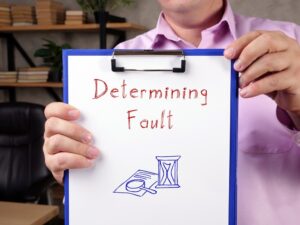
After an auto accident, one of the first things insurance companies will want to know is who caused the accident. After an accident, insurance companies are always interested in who is at fault because it will dictate how much money they may owe. Washington is an “at-fault” state. In at-fault states, the person who caused the accident will be responsible for the damages. In other words, the at-fault party’s insurance provider will compensate the other party for any resulting damages.
Naturally, your car insurance company wants to prove that you were not at fault. Similarly, the other driver’s insurance company will strive to prove that they were not at fault. When you are deemed to be the at-fault driver, you will also be affected financially. The party who is at fault will likely face a rise in their car insurance rates.
In addition, they may be liable for additional damages in the event the other party’s claim exceeds the driver’s policy limits. This also means that if you are at fault in an accident and you also suffer injuries, you will be responsible for your own medical expenses, unless you elect to carry personal injury protection (PIP) insurance. When considering all of these variables, determining fault can become very tricky.
How Do You Prove Fault in a Car Accident?
Proving that the other party involved in the accident is just as important as it is for your insurance company. Even if you think you may be at fault in an accident, it’s important to talk to a personal injury attorney. There may be factors that make the case more complicated than it seems. Additionally, even if you are at fault, you may still be entitled to seek compensation by filing a personal injury claim.
There is no straightforward equation for how fault is determined. So, how do you determine who is at fault after a car wreck?
Personal Statements
Personal statements are one of the most important factors that insurance companies rely on when they determine fault. After all, you and the other driver were actually there when the accident occurred. However, as mentioned, determining who is at fault is not always clear-cut.
Drivers may have experienced the accident differently. One or both of the drivers may not have seen it at all, or, worse, one of the drivers may choose to lie about the accident. While the drivers’ statements are important after a car accident, they are not the only evidence an insurance company will consider.
Physical Evidence
Physical evidence is often more reliable than personal statements. Unlike human recollection, photos and videos do not hide the truth. Gather physical evidence at the scene of the accident if you are able, and it is safe to do so. If disputed or conflicting information arises, physical evidence can help reconcile any differences and clarify important details. Evidence that may help prove fault after an accident includes:
- Accident scene photographs
- Video surveillance
- Physical evidence, including skid marks, broken signs, or groove marks
- Repair receipts
Immediately following an accident, gather any evidence you can. The best way to document evidence at the scene is to take pictures or videos. Be sure to document the damage to all vehicles involved, as well as any other property damage at the scene.
Witness Testimony
Witness testimony can help, but typically will only operate to fill in the gaps between the physical evidence. In most cases, a witness will not realize that an accident is occurring until after it actually happens, or witnesses will not observe the events leading up to the accident.
Additionally, by nature, human memories are not always complete, or accurate. You should always identify any possible witnesses who may provide information and obtain their contact information. Potential witnesses include:
- Passengers
- Other nearby drivers on the road
- Visitors to nearby businesses
- Police officers
Accident Reconstruction
Sometimes it’s difficult to determine what happened in an accident, even after talking to the parties and evaluating the physical evidence. When appropriate, an attorney may rely on an accident reconstruction specialist to determine how the accident occurred. These specialists are highly skilled, and their reconstructions are typically highly reliable. A personal injury attorney may help injured victims determine whether their case might benefit from an accident reconstruction expert.
Common Car Accident Scenarios
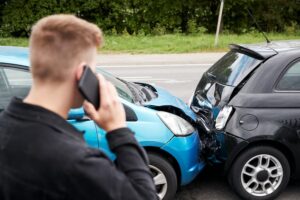
Beyond physical evidence and witness testimony, there are some scenarios where the fault in a car accident is almost always assumed. Certain scenarios present straightforward determinations of causation. Additionally, previous statistics may show that one party is likely at fault. Some common straightforward at-fault accident scenarios include:
Rear-end Accidents
Rear-end accidents are one of the most straightforward types of accidents. These accidents happen when the front end of one vehicle hits the rear end of another vehicle. Washington law requires all drivers to drive in a manner that is “reasonable and prudent, having due regard for the speed of such vehicles and the traffic upon and the condition of the highway.”
Generally, if a vehicle makes contact with the vehicle in front of them, it is clear that they failed to maintain a safe distance from the vehicle they were following.
Common reasons for rear-end accidents include:
- Following too close
- Distracted driving
- Speeding
- Road rage
Accidents at Intersections
Accidents at intersections usually happen when one driver fails to yield the right-of-way. For instance, a driver may run a stoplight or recklessly make a left turn in front of another vehicle. The at-fault party is typically the driver that does not yield the right-of-way. However, this is not always the case. For example, a driver turning left in front of another vehicle may not be at fault if the oncoming traffic was traveling at excessive speeds. In that case, it may have been impossible for the turning driver to accurately gauge the amount of time they had to turn.
Head-on Accidents
Head-on accidents happen when one vehicle is traveling against the normal flow of traffic and collides with another. For example, a driver may drive the wrong way on a one-way road or a passing vehicle may fail to merge back into their in time. In these cases, it is hard to find an argument against the wrong-way driver being at fault.
Parking Lot Accidents
Parking lot accidents happen all the time. However because there are far fewer directional devices in parking lots than on the road, these accidents can make it difficult to determine fault. In these scenarios, blame will likely be attributed to a driver backing out of a spot or acting carelessly. If the insurance company can not make a clear determination of fault, they may split fault equally among both drivers involved.
Drunk Driving, Road Rage, and Distracted Driving
Driver negligence is a major factor in proving fault, and it is a major problem on the roadways. According to the National Highway Traffic Safety Administration, 30 people die every day in the United States in a drunk driving accident. In one year alone, nearly 3,200 people died as a result of a distracted driver.
Driver negligence can quickly lead to an accident and can have serious consequences. If a driver is found guilty of a crime at the time of the accident, they will likely be financially responsible for any resulting damages. In addition, they may face criminal charges (including manslaughter). Oftentimes, in circumstances involving a violation of law, responsible parties may be required to pay punitive damages.
Was I at Fault?
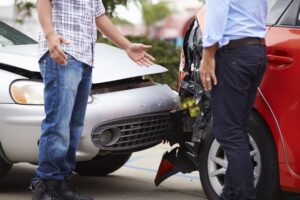
Maybe not. Fault is not always simple, even in the most straightforward cases. As accidents are almost always unexpected, drivers almost never know the full circumstances surrounding the collision. Do not assume you were at fault until the insurance company has completed a full investigation. Even then, you may still file a claim—the insurance company isn’t always correct. These factors may complicate fault:
- Drunk driving
- Distracted driving
- Medical conditions
- Poor road conditions
Never admit fault after an accident, even if you are certain you caused the accident. Maybe you’re wrong, and you didn’t cause it after all. A car accident lawyer can help you determine what your legal options are and make sure that you don’t get assigned more fault than you deserve in your car accident claim.
Other Potential at Fault Parties
Sometimes, accidents only involve two drivers. Other times, they may involve multiple vehicles and drivers. If an accident involves more than two vehicles, a commercial driver, or poor road conditions, there may be more than one party who is at fault. Third-party persons that may hold responsibility include:
- Business owners: If your accident involved another person on the job, their employer may share some, or be responsible for all financial liability after an accident.
- The government: State and city entities have a legal duty to maintain public streets and ensure they are safe of hazards. If your accident is the result of poor road conditions, damaged or missing road devices, or otherwise negligent conditions, the government may be responsible. Government entities may be fully liable, regardless of which driver supposedly caused the crash.
- Your employer: If you are on the job at the time of the accident, you may be entitled to file a worker’s compensation claim. Employees may be eligible for benefits, even if they are at fault. If you are on the job and the other driver is at fault, you may be entitled to file a workers’ compensation claim in addition to a personal injury claim.
In some cases, there will be more than one party at fault. An experienced personal injury attorney can help injured victims understand which parties may be responsible, so you can make your claims accordingly.
Recovering Damages After an Accident
Fault will be the biggest factor in determining the types of damages you may be entitled to recover after an accident. When a car accident leaves you injured, you deserve fair and just compensation for your injuries. The amount of compensation will depend on the unique circumstances of the accident as well as your state’s negligence laws.
The Role of Insurance Companies
In no-fault states, such as Florida, compensation for a car accident victim will not come from the at-fault driver’s insurer. Rather, if you live in a no-fault state, you can likely recover compensation through your own insurance company in the form of personal injury protection (PIP) insurance. If you live in a state that uses a modified comparative negligence rule, injured drivers can still recover compensation even if they were partially at fault in a car accident. Some states also follow a pure contributory negligence rule, in which you cannot recover anything. However, these states are in the minority.
Your attorney can help you understand how your state’s laws and your car insurance coverage may affect the compensation you receive in your particular case and will work to get you the best outcome.
You’re Not Alone

As you can tell, fault is an important factor after a motor vehicle accident. But it is also one of the most complex aspects of a claim to prove. Protect yourself and your rights after an accident.
An experienced car accident attorney regularly helps injured victims gather evidence and prove fault after an accident. They can also negotiate with the other driver’s or your own insurer if an insurance adjuster determines that your damages and accident-related expenses are lower than what you really deserve. Even if an insurance company has determined fault, you may still prove that other parties contributed to the accident. If you have questions or need help with your car accident case, contact an experienced personal injury attorney today.
Free Consultation
We Are Here For You 24/7
Reviews
– Elissa M.
“Really pleased with Boohoff Law! Received immediate responses when I had any questions. Treated amazingly by all staff … made this process a true breeze!”
– Caitlyn M.
– Brandy K.
Related Posts
I Was Partially At-Fault in a Rear-End Crash. Can I Still Get Compensation in Florida?
I Was a Passenger in an Uber Accident. What Are My Rights?
What Damages Can I Recover After a Jackknife Truck Accident?
Recovery is personal.
We’re here for you.
We’re close by. And if you can’t make it to us, we’ll meet you where you need us, at home or in the hospital.
You're better off with Boohoff.
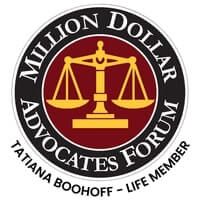


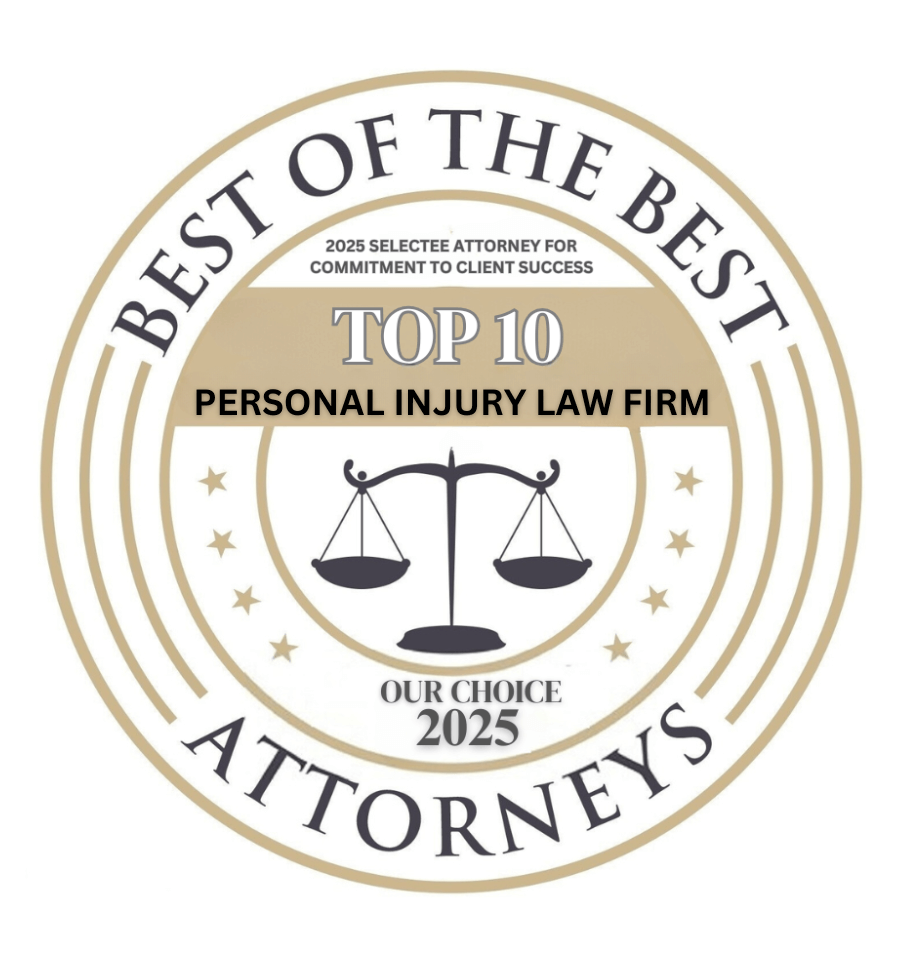
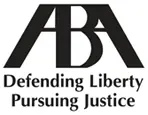
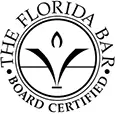
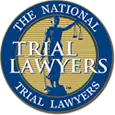




The information on this website is for general information purposes only. Nothing on this site should be taken as legal advice for any individual case or situation. This information is not intended to create, and receipt or viewing does not constitute, an attorney-client relationship.
available 24/7
(877) 999-9999
